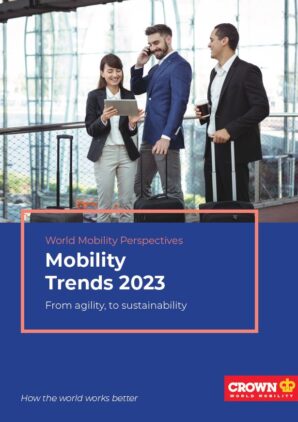Soaring rents
Overall, the lack of housing supply, surge in demand, and imbalance of power between landlords and tenants have not only contributed to a dwindling of housing options for assignees, but also an increase in rental rates. In South Korea, for example, when a current tenant renews their contract, they must pay on average around a 30% higher monthly rental fee than the previous contract, often forcing some to seek cheaper housing elsewhere in an already highly competitive market. In Indonesia, rent prices have soared compared with pre-COVID levels, and since the competition is so tight to secure a property, landlords are seizing the opportunity to charge more and wasting no time waiting for tenants to settle the deposit. Instead, they are operating on a brutal first come, first served basis.

These skyrocketing rent increases are a sure-fire sign of overall housing shortage crisis across APAC. From South Korea, where the collapse in housing supply has led to an increase in property purchase prices in central Seoul of 25-30% per year, all the way to Malaysia, where post-pandemic rental fees have increased by 10% for all types of property. Japan seems to be suffering a similar fate, too.
There has been a 10% rent increase on both permanent and temporary residences after the ease of border restriction. Request to increase on housing allowance, or accommodating at hotels rather than temporary residences, are the solutions.
– Hiroki Naoyoshi, Crown World Mobility
However, in Hong Kong, landlord sentiments seem slightly more optimistic for 2023 as rental rates in the immediate term are expected to remain stable. Yet, competition amongst tenants is still stiff, and those seeking to rent must act fast.
Looking to the future
Given these challenges, what can global mobility teams keep in mind when relocating employees?
It’s crucial to become as familiar as possible with local markets, each of which poses problems of its own from a housing perspective that has the potential to affect the employee relocation experience.
Equipping assignees with sufficient support, managing expectations, and engaging experts can all help relocating staff to navigate these challenges.
 Following a challenging two years for the sector, with international business travel stalled and assignees finding themselves stuck in their home or host countries during the pandemic, many borders have now reopened, and assignee lifestyle has (somewhat) returned to normal.
Following a challenging two years for the sector, with international business travel stalled and assignees finding themselves stuck in their home or host countries during the pandemic, many borders have now reopened, and assignee lifestyle has (somewhat) returned to normal.








